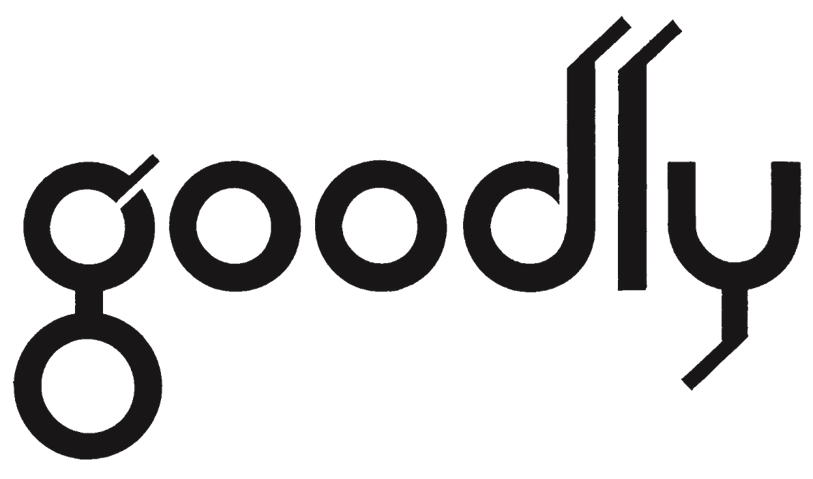Mastering M in Power Query
Push Beyond Power Query’s User Interface and Solve Tricky Data Cleaning Problems.
Join 1500+ others and get Full access now
You’ll learn to build robust excel / power bi models by creating dynamic queries using the M language.
.
Enroll Now Button
🔥 6 lessons, 7+ hours of video⚙️ Easy to Understand👩🏼💻 Starter and Complete fil⚡️ Instant access

Meet your teacher
My name is Chandeep. Since 2013, I have been training, consulting & blogging to help people become quicker and smarter with Excel & Power BI.
Why Learn M?
When I started working with Power Query, I felt as if I found the “Genie”. It was way too simple to connect to gather data from multiple sources, clean it up and use that data in further analysis.
The best part – Power Query’s work is reusable. The next time anything changes, just hit refresh.
But as I started to solve more dense / trickier problems my refreshes failed. WHY?
Because something was hard coded or the query wasn’t dynamic enough to account for the data source change.
My Genie wasn’t good enough any more, until I powered my Genie with “M” a.k.a. Power Query’s functional language.
Using M, I have been able to…
I’ve come a long way learning M and in the process I have built some of the most sophisticated data cleaning procedures, all thanks to M.
Here is an example of M v/s Power Query’s UI.
Expand Dynamic Columns videos and sales pitch as to why learning M is the real deal.
But Learning M is Hard!
When I first peeked into Power Query’s Advanced Editor and saw M, I literally said it out loud. “What these worms floating around”. It was so intimidating
Here is what makes M hard.
1. It has all the possible brackets denotations and special characters in the language. We aren’t designed to look at the code that looks like this.
example of really difficult looking code.To an excel user, it might look difficult to comprehend concepts like lists, records, tables, data types and manipulating these objects.
2. Power Query errors are not the most friendly errors.
I am here to make that difficult easy for you, at-least relatively than trying to learn this on your own.
My Teaching Style
No Jargons, just simple English.
- I hate jargons.
- I don’t advocate nor use them in my course.
- In this course, I’ll go the greatest extent to demystify DAX jargons.
No Jargons, just simple English.
- I hate jargons.
- I don’t advocate nor use them in my course.
- In this course, I’ll go the greatest extent to demystify DAX jargons.
No Jargons, just simple English.
- I hate jargons.
- I don’t advocate nor use them in my course.
- In this course, I’ll go the greatest extent to demystify DAX jargons.

